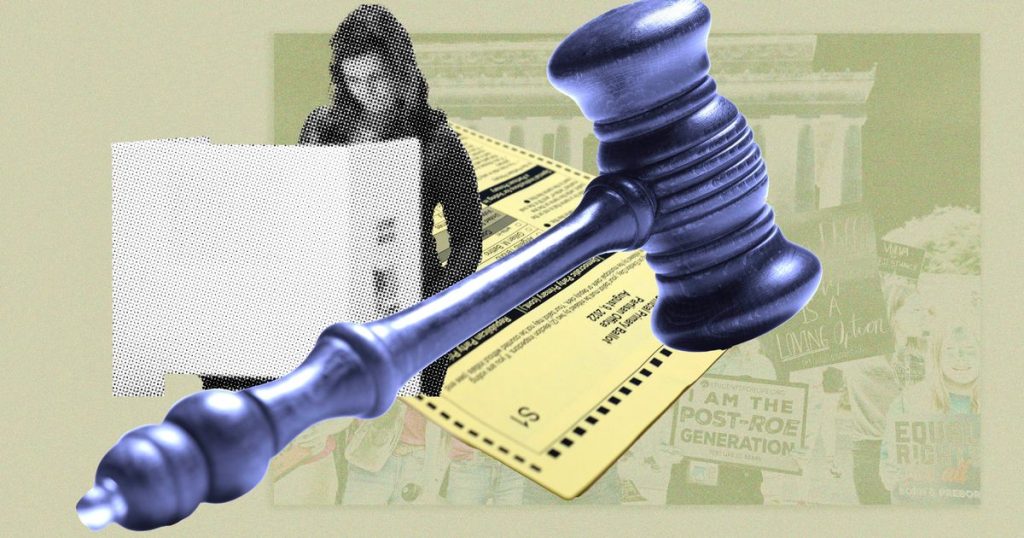Eleven abortion referendums will be on the ballot in 10 states during this year’s Election Day, marking the largest number of pro-choice amendments in a single election cycle. These measures are a response to the numerous abortion bans that have been enacted in over 20 states since federal abortion protections were repealed in 2022. Citizen-led initiatives have become a way for individuals to address the public health crisis caused by these bans when their elected officials have failed to do so. The abortion rights ballot measures range from state to state, with some seeking to restrict access and others aiming to expand it, including protections up until fetal viability or throughout pregnancy.
Most of the pro-choice amendments, if passed, would go into effect shortly after Election Day or at the start of 2025. However, there is expected to be litigation in states that pass these measures, with challenges likely being brought forward against successful ballot initiatives. Despite conservative claims to leave abortion decisions to the states, efforts have been made to prevent voters from having a say on abortion rights measures. The historic number of abortion rights measures on the ballot this year emphasizes the political significance of abortion care and its impact on individual’s rights to control their bodies.
In Arizona, Proposition 139 aims to enshrine access to abortion up until fetal viability into the state constitution, with exceptions for situations where the pregnant person’s health or life is at risk. Colorado’s Amendment 79 would create a constitutional right to abortion care throughout pregnancy and mandate insurance coverage. Florida’s Amendment 4 seeks to restore abortion access until viability, while Maryland’s Question 1 guarantees the right to reproductive freedom, defining it as the ability to make decisions regarding pregnancy. Missouri’s Amendment 3 would protect the right to reproductive freedom, including abortion access until viability and other reproductive health decisions.
Montana’s Right to Abortion Initiative would establish the right to make decisions about pregnancy and carry out abortions until fetal viability, with protections from prosecution for those seeking or providing abortion care. Nebraska will have two competing measures on the ballot, one in favor of abortion rights and one against. Nevada’s Question 6 would enshrine the right to abortion access until viability and for health reasons throughout pregnancy. New York’s Proposal 1 aims to amend the state’s Equal Rights Amendment to include protections for pregnancy and reproductive health outcomes. South Dakota’s Amendment G breaks down abortion protections by trimesters, allowing regulation or bans in the second and third trimesters unless the health or life of the pregnant person is at risk.
Despite the challenges and uncertainties surrounding the potential passage of these measures, the proliferation of pro-choice amendments on the ballot this year highlights the importance of abortion rights as a democracy issue, giving citizens the power to determine what happens to their bodies. The outcome of these referendums will have a significant impact on abortion access throughout the country, with states taking various approaches to protect and expand reproductive rights for their residents. The results of these ballot measures will shape the future of reproductive healthcare in the United States and could set a precedent for other states to follow in the ongoing fight for abortion rights.








